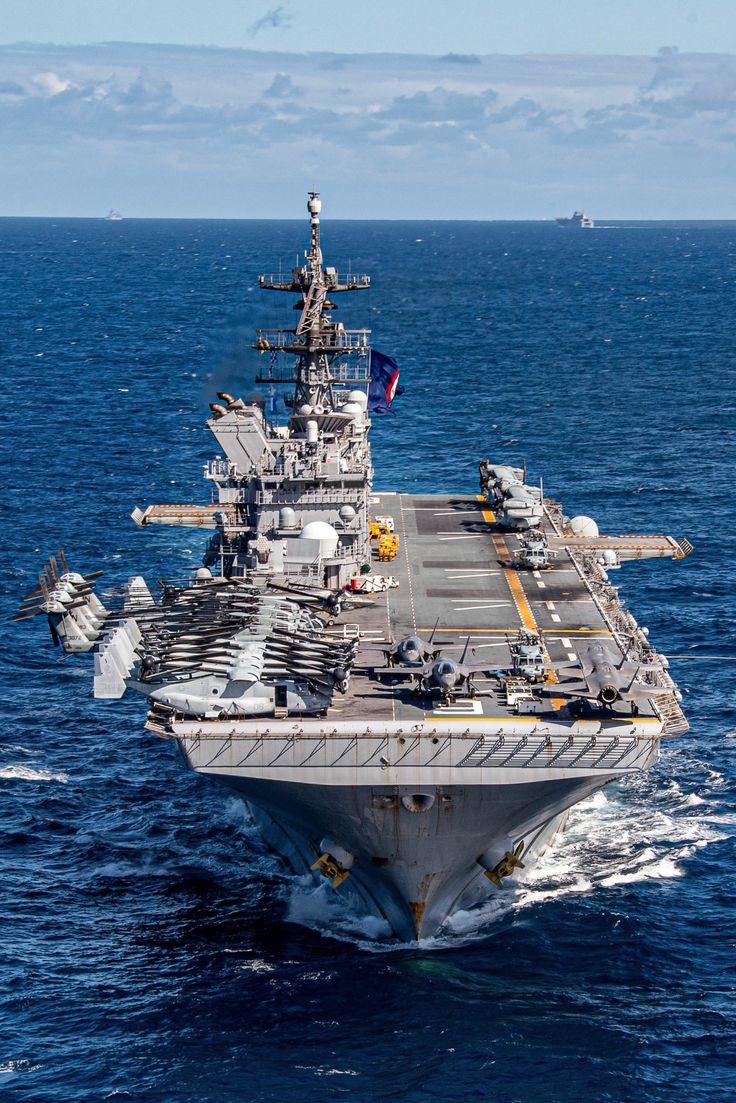For centuries, wars were fought with swords, muskets, and later tanks and aircrafts. But today, the battlefield looks drastically different. The shift in modern warfare has redefined combat, intelligence, and defense strategies. This transition is not only about stronger weapons but also about smarter, faster, and more adaptive technologies that reshape global security.
From Conventional to Digital Battlefields
Traditional wars revolved around boots on the ground, air raids, and naval dominance. While these remain relevant, the modern battlefield has expanded into cyberspace and outer space. Cyberattacks now have the power to paralyze financial systems, shut down power grids, and even destabilize governments without firing a single bullet. Space assets, like satellites, are increasingly targeted since they serve as the backbone for communications, navigation, and surveillance.
This shift signifies that nations must now defend not just land, sea, and air—but also the intangible yet critical domains of cyber and space.
The Rise of Artificial Intelligence and Automation
AI is arguably the most influential driver of the shift in modern warfare. Autonomous drones capable of reconnaissance, swarm attacks, or precision strikes are no longer futuristic concepts but battlefield realities. AI systems are also revolutionizing intelligence analysis, enabling militaries to process massive volumes of data in real time.
However, this advancement brings new concerns. How much decision-making should be left to machines? Can AI be trusted with lethal autonomy? These ethical questions highlight the tension between efficiency and human oversight in war.
The Role of Cyber Warfare
Cyber warfare is no longer a side operation—it has become a primary strategy. Nation-states and even non-state actors use cyberattacks to gather intelligence, disrupt enemy infrastructure, and sow confusion. Unlike conventional combat, cyber warfare blurs geographical boundaries. A hacker sitting halfway across the globe can infiltrate another country’s defense systems, demonstrating the decentralized and borderless nature of this new battleground.
Hybrid Warfare and Psychological Operations
Another major component of the shift in modern warfare is hybrid warfare, which combines conventional tactics with irregular methods. Disinformation campaigns, propaganda, and digital manipulation play a massive role in destabilizing societies from within. Social media has become a new frontline where perception and public opinion can be weaponized as effectively as missiles and bombs.
Drones, Robotics, and Precision Weapons
Unmanned Aerial Vehicles (UAVs) and ground robots have transformed reconnaissance and offensive operations. They reduce the risks to human soldiers while providing real-time intelligence. Precision-guided munitions also ensure targeted strikes, minimizing collateral damage. Yet, the accessibility of drone technology also means that smaller groups, including terrorists, can exploit it, creating asymmetric threats.
The Human Factor in an Era of Machines
Despite the technological revolution, the human element remains crucial. Soldiers today must be trained not only in physical combat but also in digital literacy, systems management, and psychological resilience. Leadership, decision-making under pressure, and adaptability are skills no machine can fully replace. The fusion of human intelligence with advanced technology defines the cutting edge of modern defense strategies.
Global Security and Ethical Dilemmas
The shift in modern warfare is not just about advancements but also about the consequences they bring. Nations face tough questions: Should AI have the authority to take lives? How can international laws keep up with rapidly evolving technologies? And how can the world prevent an uncontrolled arms race in cyberspace or autonomous weapons?
The ethical dilemmas are as significant as the technological leaps. Without global cooperation and updated legal frameworks, the risk of escalation or misuse becomes dangerously high.
Preparing for the Future
To adapt to these shifts, nations must invest in resilience. This means upgrading cyber defenses, enhancing intelligence-sharing between allies, and prioritizing research in emerging technologies like quantum computing and directed-energy weapons. At the same time, diplomacy and international treaties must evolve to regulate warfare in these new domains.
The future of global security will depend on balancing innovation with responsibility. While technology can deter conflicts and protect nations, it must be wielded carefully to avoid unintended consequences.
Conclusion
The shift in modern warfare is reshaping the rules of conflict. From AI-driven systems and cyber offensives to drones and hybrid strategies, the battlefield of tomorrow is already here. As nations navigate this transformation, the challenge lies in harnessing technology responsibly while safeguarding humanity’s values.
War may always be a part of human history, but how we fight—and how we prevent it—will continue to evolve. The key is not just to adapt to the new era but to shape it wisely.

